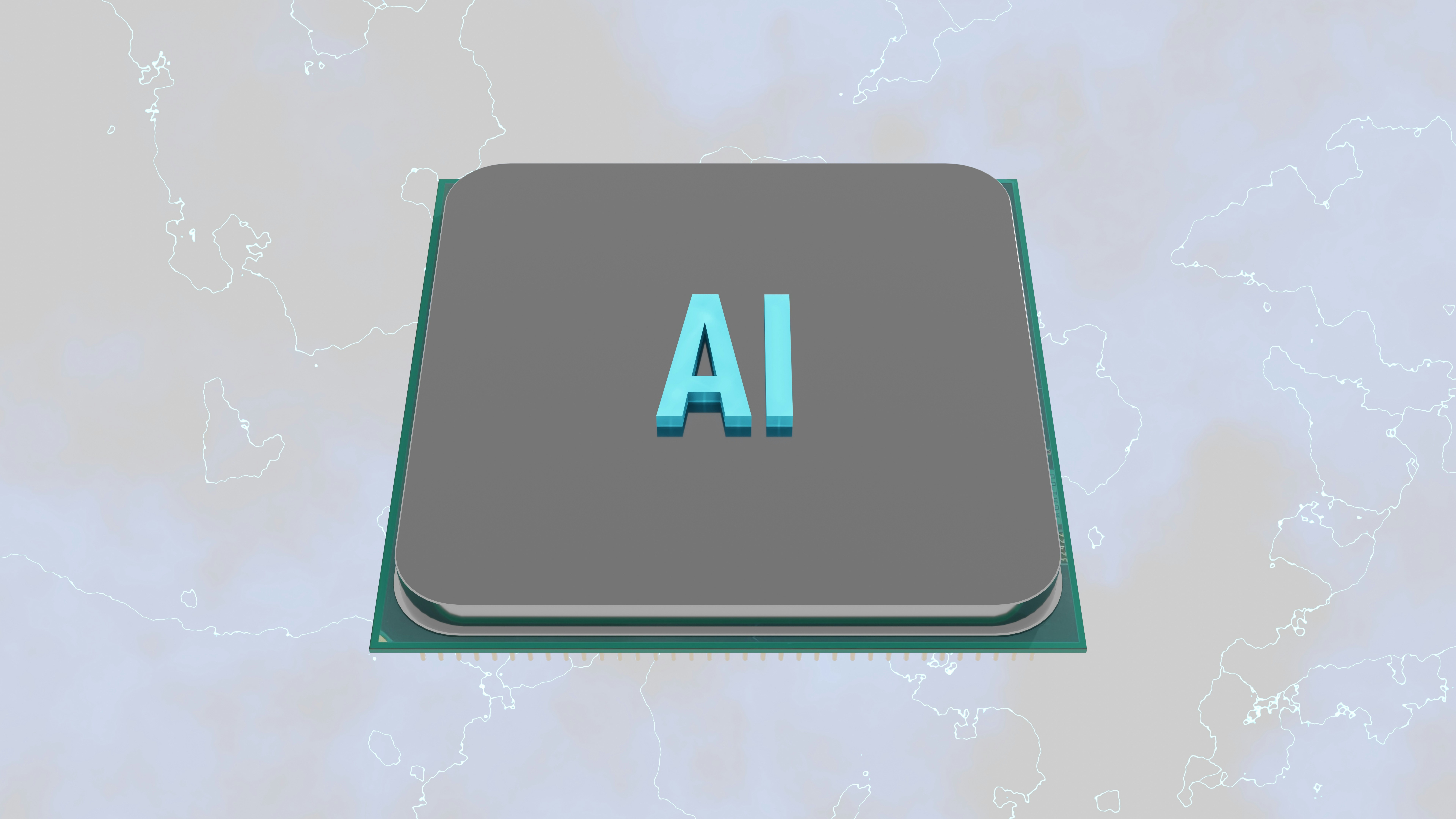Understanding AI Tools and Their Functionality
Artificial Intelligence (AI) tools are sophisticated software applications designed to perform tasks that typically require human intelligence. These tasks may include reasoning, problem-solving, language understanding, and decision-making. The functionalities of AI tools are rooted in various technologies, including machine learning (ML) and natural language processing (NLP). While machine learning focuses on training algorithms using data to recognize patterns and make predictions, natural language processing allows machines to comprehend and interpret human language.
AI tools can be classified into numerous categories based on their applications across diverse industries. For instance, in healthcare, AI tools assist in diagnosing diseases by analyzing medical imagery and patient data. In finance, they are utilized for fraud detection and algorithmic trading. Moreover, customer service industries employ AI-driven chatbots to provide assistance and support to users, enhancing the customer experience. The evolution of these tools has made them integral to operational success in numerous sectors.
As AI tools continue to proliferate, understanding their functionalities becomes increasingly critical. Paradoxically, the growth of these tools raises questions about their safety and the implications for data privacy. Users must be aware of how AI tools collect, store, and process personal information. The potential for data breaches and misuse is a growing concern as organizations leverage AI to enhance their efficiency and competitiveness. Therefore, it is crucial to investigate the safety of AI tools, aligning their functionality with data protection measures that ensure user information remains secure and confidential.
As we delve deeper into how AI tools operate and their growing relevance, it is vital to explore the balance between innovation and the safeguarding of data privacy. This scrutiny will help clarify whether AI tools are safe to use in various settings and what users must consider before adopting these technologies.
Data Privacy Risks with AI Tools
As organizations increasingly adopt AI tools for various applications, concerns regarding data privacy continue to escalate. The integration of AI technologies in processing and analyzing vast amounts of personal data raises significant risks. One of the primary risks is the possibility of data breaches. A data breach can occur if unauthorized individuals gain access to sensitive information, leading to potential financial losses and harm to individuals’ privacy. Such incidents have been reported in various industries, highlighting the vulnerability of systems that leverage AI for data handling.
Moreover, the potential misuse of personal information collected by AI tools cannot be overlooked. These tools often rely on large datasets that include personal identifiers, which can be exploited for malicious purposes. For instance, the unregulated use of AI-driven analytics can manipulate consumer behavior or discriminate against vulnerable populations based on their data profiles. This raises ethical questions about how organizations should use the insights gained from AI tools and whether they uphold reasonable standards of data privacy.
Furthermore, as companies harness AI tools, the long-term implications of AI-driven data collection warrant serious examination. Organizations may unintentionally create shadow profiles of individuals, which can track personal information over time, compromising one’s anonymity. This potential for continuous surveillance poses substantial challenges to data privacy. The Cambridge Analytica scandal serves as a stark reminder of how AI tools can be employed to harvest personal data for targeted political advertising and propaganda, demonstrating the dire consequences of inadequate data protection measures.
In light of these risks, it is crucial for both organizations and consumers to consider the implications of using AI tools. The question, “Are AI tools safe to use?” becomes increasingly pertinent, as it necessitates a comprehensive understanding of the data privacy risks associated with these innovations. Without appropriate safeguards and clear data policies, the trajectory of AI tools in relation to data privacy by 2025 remains uncertain.
How AI Tools Handle Your Personal Data
The advent of AI tools has transformed numerous sectors, revolutionizing how users interact with technology. Central to this transformation is the handling of personal data. Understanding the mechanisms behind how AI applications collect, store, and process data is critical for users who are concerned about safety and privacy.
AI tools typically employ algorithms designed to gather user data to enhance their functions and provide personalized experiences. This collection can include a range of information, from basic identifiers to more sensitive data. Consent is a cornerstone of this process; users must often agree to terms that outline how their data will be utilized. Many AI applications incorporate consent mechanisms that are designed to inform users about what data is collected and for what purpose, thus promoting transparency.
Data retention policies vary significantly among AI service providers. While some tools minimize data retention, storing information only for short periods, others may keep user data for extended durations to improve machine learning models. The approach taken can influence user safety, as prolonged data storage poses increased risks regarding privacy breaches. In the pursuit of improved user experience, it becomes essential for AI developers to balance innovation with ethical considerations regarding data privacy.
Moreover, users are encouraged to familiarize themselves with individual privacy settings offered by different AI tools. These settings often allow users to control the extent of data sharing, enhancing their autonomy over personal information. Understanding these settings is vital as they can provide an added layer of security. As discussions around AI tools and data privacy evolve, users should remain vigilant and informed. This engagement will equip them to navigate the landscape of AI with greater confidence, ensuring that their rights are upheld while using these powerful technologies.
Can AI Tools Protect User Data and Privacy in 2025?
As we approach 2025, the relationship between AI tools and user data privacy continues to be a critical discussion point, particularly in light of rapid technological advancement. With the integration of machine learning algorithms and data analytics, there arises a dual responsibility: harnessing the power of AI while ensuring that user data remains secure and confidential. AI tools, when designed with privacy in mind, can potentially protect sensitive information by utilizing advanced encryption techniques and anonymization of user data.
Emerging technologies in the realm of AI are geared towards enhancing data protection. For instance, techniques such as differential privacy allow AI systems to learn from datasets without directly accessing sensitive data. This methodology minimizes the risk of exposing personal information while still enabling beneficial insights. Furthermore, the implementation of federated learning enables AI models to be trained across decentralized devices, ensuring that user data never leaves their original location. Such innovations align with the growing consumer concern regarding data safety and the ethical use of personal information.
Regulatory measures are also evolving to address the complexities of data privacy in a digital economy increasingly reliant on AI tools. Anticipating the need for stricter guidelines, organizations may adopt frameworks such as the General Data Protection Regulation (GDPR) and others that reinforce accountability when utilizing AI technologies. Best practices for companies aiming to incorporate AI include conducting regular audits and employing transparency measures to enhance user trust. By establishing clear data management policies, businesses can navigate compliance challenges effectively while safeguarding user privacy.
Despite the advancements that AI tools promise, ongoing vigilance and adaptation are essential. As we advance toward 2025, a synergistic approach involving technological innovation, regulatory compliance, and user education will play a pivotal role in determining the overall safety of AI tools. Fostering a culture of trust will be integral for the continued acceptance of AI technologies in personal and professional domains.



